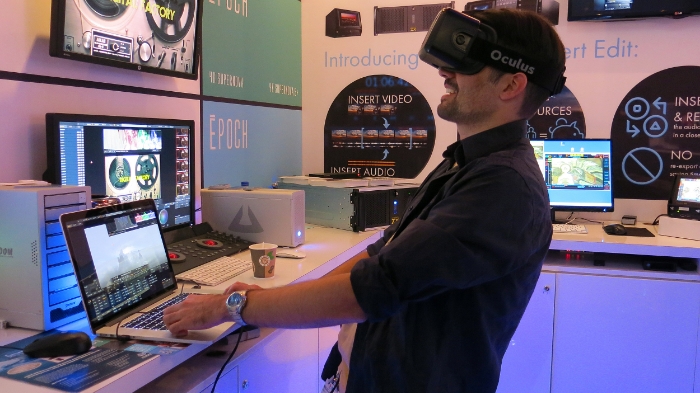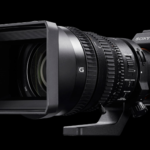
ASSIMILATE’S SCRATCH FINISH LEAPS PAST COMPETITORS TO START GRADING VIRTUAL REALITY
Posted on Sep 15, 2015 by Julian Mitchell
Assimilate’s Scratch family of products have been around for as long as digital cinematography has needed to do something with its data. These days they are just offering their Scratch Finish product for a $650 per year subscription license amount or you can buy a permanent license. But the word ‘just’ doesn’t even start to describe how deep this programs is and how desirable it is to a number of creatives, it isn’t for nothing that Scratch is known as the ‘Swiss Army knife for Post Production’.
Recently Assimilate are bundling Scratch with high performance 4k I/O cards, like SuperNova, from companies like Bluefish and cameras like Kinefinity. In fact to drive that particular bundle home Scratch’s latest update, 8.4, has Kinefinity as one of their native formats. So you can load the original camera files right in to Scratch and it will de-bayer and further process the footage.
Big news at IBC 2015 and for those who are working in virtual reality is that Scratch is probably the only finishing product that grades VR using the Oculus Rift. You simply load your VR clips into the software and attached your Oculus hardware to the workstation.
Assimilate’s Mazze Aderhold explains how the interface works, “The Oculus has two connectors, USB and HDMI, the USB tells Scratch which direction you are looking with the Occulus and Scratch finds out the corresponding portion of the image and sends it to the screen via HDMI. In Scratch this is smooth and very fast so you don’t experience any delay, it’s all real time. Even if you don’t have an Oculus you can use your grading panel to navigate through the 360˚ image and again Scratch will just display the portion of the image you want to look at.”
Scratch is also showing how it can act remotely with deep integration for remote grading and browser-only viewing with their Scratch Web software.
You can remotely correspond with an unlimited number of collaborators for remote grading, all others need is a copy of the software running on their workstations. The grading can happen on a local network or out on to the Internet. Each collaborator has their own coloured laser pointer so they can point to what portion of the image they are talking about.
Each person can take turns in being the moderator who design the features available and the extent of the session. You don’t neccessarily need the source media on every end of the session. One person will have it and the others will receive the media in a JPEG2000 stream which you can change with a dial-in ability depending on your Internet connection.
If everyone has the media then you are just sending Scratch commands and perhaps talking via SKYPE.
Scratch Web is more of a browser exchange where you don’t need the software but are using normal browsers.








